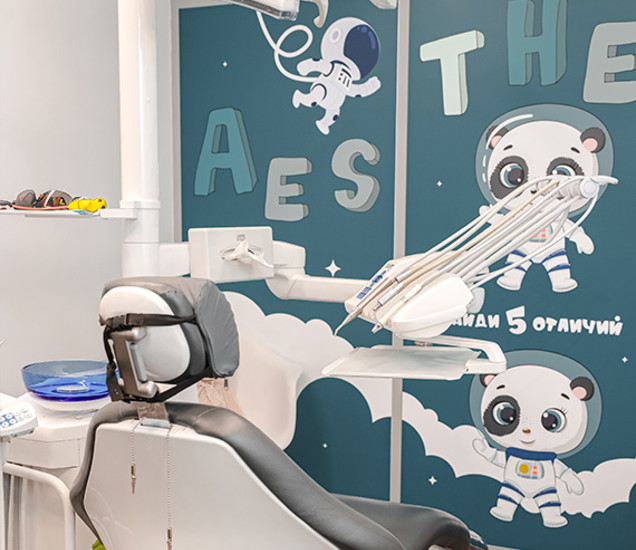How we can be
useful to you:
Veneers Without Grinding
Pediatric dentistry
Correction of bite
Implantation and crowns
Тetragonal Tooth Syndrome — What Is It?
Tetragonal tooth syndrome is a dental condition characterized by the appearance of microcracks or visible damage within the tooth structure. These cracks can be almost imperceptible but cause significant discomfort and may lead to more serious consequences if not treated promptly.
Main Characteristics of the Syndrome:
- Cracks are oriented in different directions: vertical, horizontal, or diagonal.
- Damage affects only the enamel or extends deeper into the dentin and pulp.
- Most often occurs in chewing teeth — molars and premolars.
- The risk increases with age, as enamel becomes more fragile over time.
Typical Symptoms:
- Intermittent pain — occurs during chewing and disappears immediately after pressure is released.
- Increased sensitivity to temperature stimuli, especially cold.
- Discomfort during certain jaw movements, such as opening the mouth or lateral movements.
- Difficulty pinpointing the exact location of pain — patients often cannot specify which tooth hurts.

Diagnostic Process:
The dentist conducts an examination, often using a microscope to detect microcracks invisible to the naked eye. Additionally, the dentist:
- Applies dyes to enhance the visibility of cracks.
- Takes X-ray images.
Risk Factors:
- Age — after 50, the likelihood of chips and cracks, as well as fractures, significantly increases.
- Large fillings that weaken the tooth structure.
- Bruxism — nighttime teeth grinding caused by uncontrolled muscle spasms.
- Habit of biting hard objects — nuts, crackers, pencil or pen tips.
- Uneven load distribution on teeth due to malocclusion.
Cracked tooth treatment
-
Title
Price
-
Treatment of a broken tooth
from 990 AED
We are changing
people's lives
Types of Cracks in Teeth
Problems you may encounter:
- Superficial enamel cracks — microscopic lines that do not affect the dentin. Usually painless but can cause aesthetic discomfort.
- Chips on the chewing surface — typically caused by trauma or chewing hard foods. May be accompanied by brief pain.
- Deep vertical cracks — extend from the chewing surface downward, sometimes reaching the root. Require urgent treatment as they can lead to tooth fracture.
- Horizontal cracks — more common on front teeth due to injuries. Depending on depth, may require filling or veneers.
- Root cracks — the most dangerous type, often invisible without X-ray. Manifest as pain during chewing and can lead to tooth loss.
Note: Cracks can be hidden and invisible to the naked eye but still cause pain. Such defects are diagnosed using special dyes or microscopes.
How to Restore or Treat a Cracked Tooth
Treatment methods depend on the depth and nature of the damage:
- Superficial enamel cracks — often enough with professional polishing and remineralization.
- Shallow but noticeable cracks, especially on front teeth — ideal solutions are veneers. These thin ceramic or composite plates mask the defect and protect the tooth from further damage. At the AESTHETE clinic, veneers are installed without painful or aggressive tooth grinding.
- For chewing teeth with more serious damage — ceramic inlays or crowns are used to restore the anatomical shape and functionality.
- If the crack reaches the pulp — endodontic treatment (root canal therapy) followed by strengthening the tooth with a crown is necessary.
- Vertical root fractures — often require extraction and subsequent implantation.
Modern diagnostic methods allow precise assessment of the damage and help choose the best restoration approach.
Factors Influencing the Cost
Several factors determine the price of services:
- Extent of damage — the cost directly depends on the complexity of the case. Small enamel chips require minimal intervention, whereas deep cracks reaching the pulp need comprehensive treatment.
- Location of the damage — front teeth typically require more expensive aesthetic restorations, while molars can be restored with simpler methods.
- Chosen treatment method — simple filling procedures cost less, while installing veneers, inlays, or crowns will be more expensive.
- Need for additional procedures — may include root canal therapy, endodontic treatment, X-ray diagnostics, or other auxiliary manipulations.
- Materials used — composite, ceramic, zirconia, or metal-ceramic vary significantly in price.
- Equipment and technologies — the use of microscopes or digital modeling increases the cost but improves the quality of the result.

Consequences of a Fracture
A cracked or broken tooth poses serious health risks for the oral cavity. Bacteria can penetrate through the damage, causing pulp inflammation (pulpitis) with characteristic sharp pain. If the infection spreads beyond the root, periodontitis develops, which can lead to cyst formation.
Without treatment, the crack progresses, increasing the risk of complete fracture and subsequent tooth removal. This can cause shifting of neighboring teeth, bite disorders, and bone tissue atrophy. Uneven chewing load can also provoke problems with the temporomandibular joint.
In advanced cases, infection can lead to purulent complications — abscesses or phlegmons — requiring urgent surgical intervention. Chronic inflammation from a damaged tooth negatively affects the entire body. Even minor fractures can lead to serious consequences over time, so timely dental consultation is essential.
To make you healthy,
happy and successful!
will help you with this
How to Care for Cracked Teeth After Treatment
After restoring a cracked tooth, it is essential to follow specific care rules and your dentist’s recommendations.
-
First 24 hours: Avoid hard, sticky, and extremely hot or cold foods. Use a soft-bristled toothbrush and non-abrasive toothpaste. Be especially gentle around the restoration area. Additionally, use an irrigator with an antiseptic solution and interdental brushes.
-
For enamel strengthening: Your dentist may prescribe remineralizing gels with calcium and fluoride. Remember to use them as directed. If a temporary filling or crown has been placed, chew on the opposite side. For permanent restorations, limit chewing load on that tooth for the first 2-3 days.
-
Avoid harmful habits: Do not bite nails or pens, and do not open packages with your teeth.
-
For patients with bruxism: It is recommended to wear protective night guards.
-
Regular check-ups: Visit your dentist every 6 months for professional cleaning and to monitor the condition of the restoration.
-
If you experience discomfort, pain, or mobility of the crown or veneer: Contact your dentist immediately.
Our dental clinic is located in Dubai (UAE), Bluewaters Island. Experienced doctors use modern techniques to effectively address issues with cracked and broken teeth.
Sources
- Merck Manual (Consumer Version). Fractured, Loosened, or Knocked-Out Teeth (https://www.msdmanuals.com/home/mouth-and-dental-disorders/urgent-dental-problems/fractured,-loosened,-or-knocked-out-teeth). Updated 6/2023. Accessed 4/292024.
- Oral Health Foundation. Cracked teeth (https://www.dentalhealth.org/cracked-teeth). Updated 11/2023. Accessed 4/29/2024.
- Patnana AK, Kanchan T. 2023 May 22. Tooth Fracture (https://www.ncbi.nlm.nih.gov/books/NBK551650/). In: StatPearls [Internet]. Treasure Island (FL): StatPearls Publishing;2024 Jan. Accessed 4/29/2024.
Evaluate the amazing
results of our clients:
FAQ
Our clinics:
Clinic in Dubai
Resident part, Building 10
Clinic in Moscow
metro Chistye prudy
Clinic in Moscow (Barvikha)
Shopping center "Dream House" 3rd floor










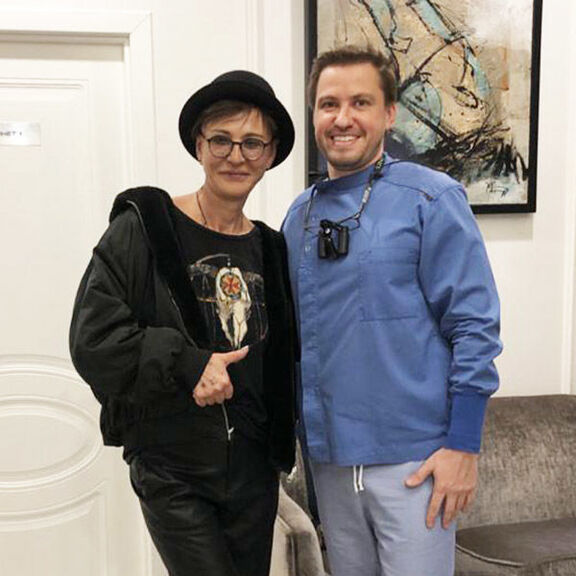

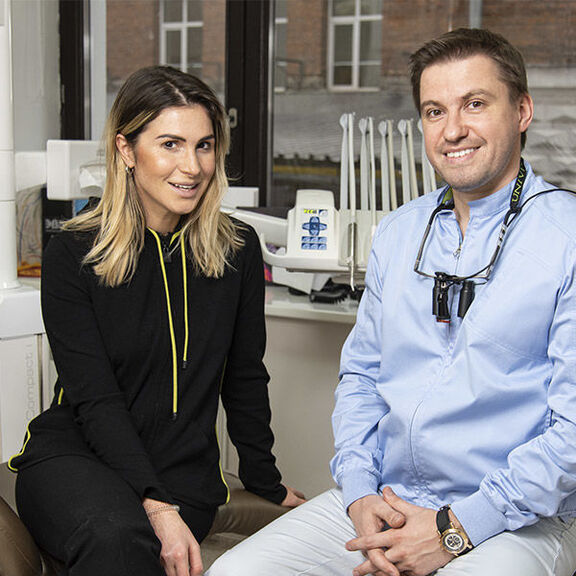




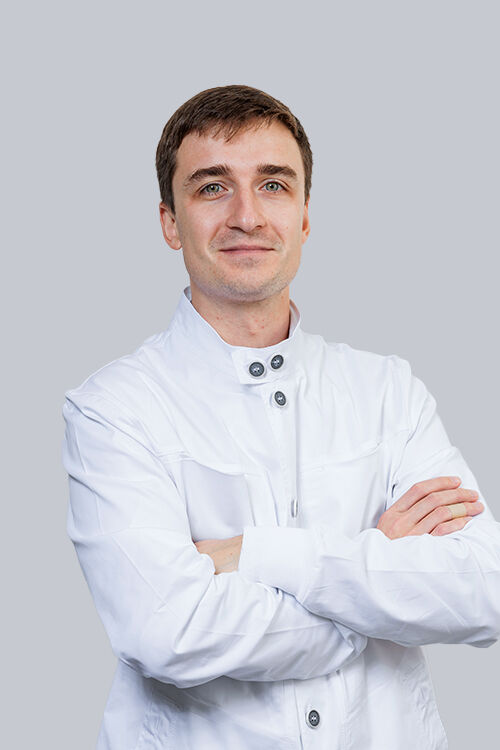






















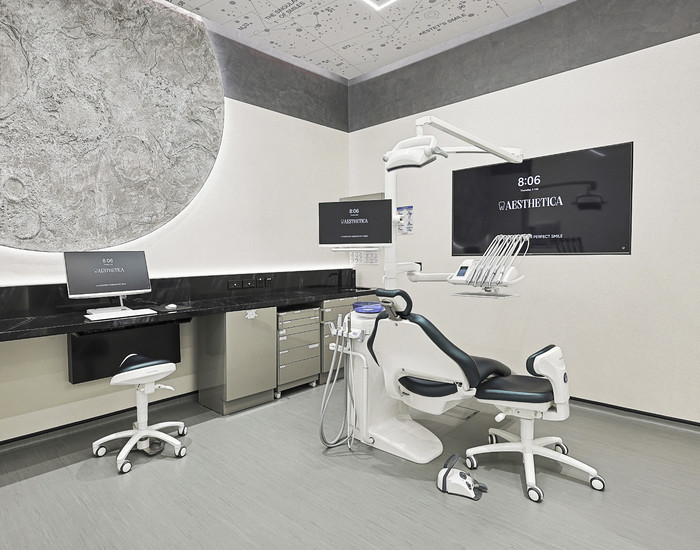
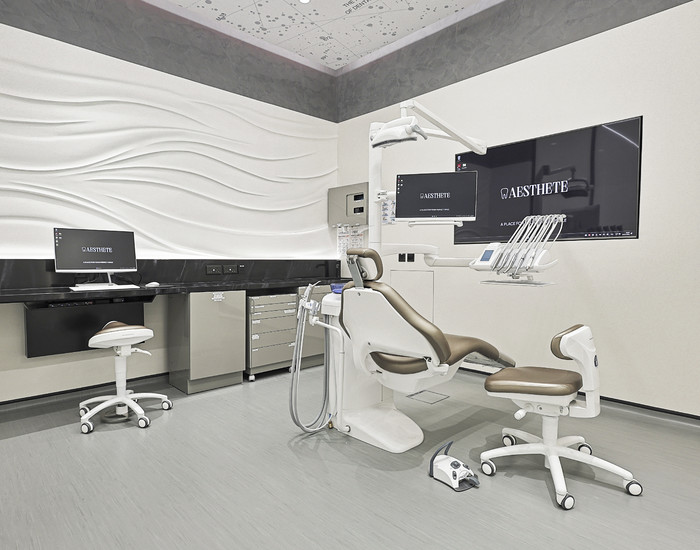






_700x550_ac7.jpg)
